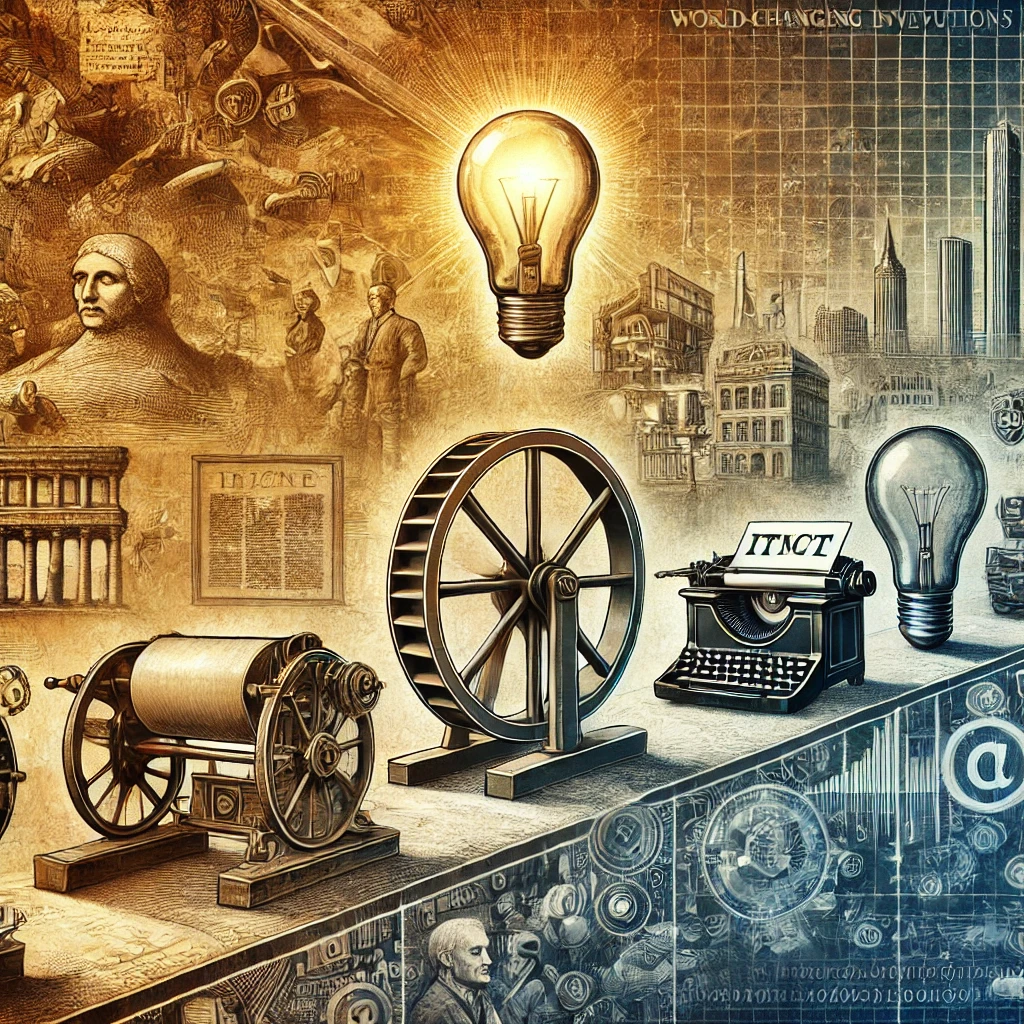
Ideas has undergone a remarkable development over the centuries, propelled by progresses in technology and the human desire to combine and share information across vast distances. From the humble origins of Morse code to the ubiquity of electronic mail in the digital age, the evolution of ideas methods has shaped the habit we interact and correspond with one another. In this item, we’ll explore the fascinating journey of ideas evolution from Morse code to electronic mail, highlighting key milestones on the way to destination.
The story of communication progress begins accompanying the invention of Morse code in the early 19th of one hundred years by Samuel Morse and his assistant Alfred Vail. Signaling code is a system of dots and dashes representing memorandums of the alphabet, numbers, and punctuation marks. It transformed long-distance communication by admitting messages to be communicated over telegraph lines using energetic signals. Morse code played a important role in enabling fast communication across far-reaching distances, transforming the way news was transmitted and shared.
In the late 19th and early 20th a period of time, the invention of the telephone escorted in a new era of real-occasion communication. Developed by Alexander Graham Ding-dong and his associates, the telephone allowed society to communicate with one another immediately by transmitting voice signals over electrical wires. The call up quickly became an necessary tool for trade, government, and personal ideas, revolutionizing the way nation interacted and connected with one another.
The next bigger milestone in communication progress came accompanying the invention of radio in the early 20th of one hundred years. Radio enabled bulk communication over long distances, admitting news, music, and amusement to be broadcast to heaps of listeners around the realm. Radio broadcasts played a critical role in shaping common belief, disseminating information, and joining people across continents and breedings.
In the latter half of the 20th of one hundred years, the rise of computers and the internet converted communication once again. The fabrication of email, or electronic mail, transformed the way people corresponded by allowing ideas to be sent and taken instantly over computer networks. Electronic mail quickly became the chosen method of communication for trade, academia, and private correspondence, replacing established mail and telegraph services.
Contemporary, email is one of ultimate ubiquitous and widely used ideas tools in the world. Accompanying the advent of smartphones and travelling devices, people can approach their email accounts from unspecified area, at any time, enabling determined connectivity and communication on a all-encompassing scale. Email has enhance an essential tool for business ideas, marketing, and collaboration, furthering the exchange of ideas, information, and documents across borders and period zones.
In conclusion, the evolution of ideas from Morse code to electronic mail is a testament to human ingenuity and novelty. Each milestone in communication science has brought us closer together, permissive us to connect and communicate in a group more efficiently and effectively than always before. As we look to the future, it’s exhilarating to imagine what new advancements in ideas technology lie ahead, forming the way we interact and link in the digital age.


